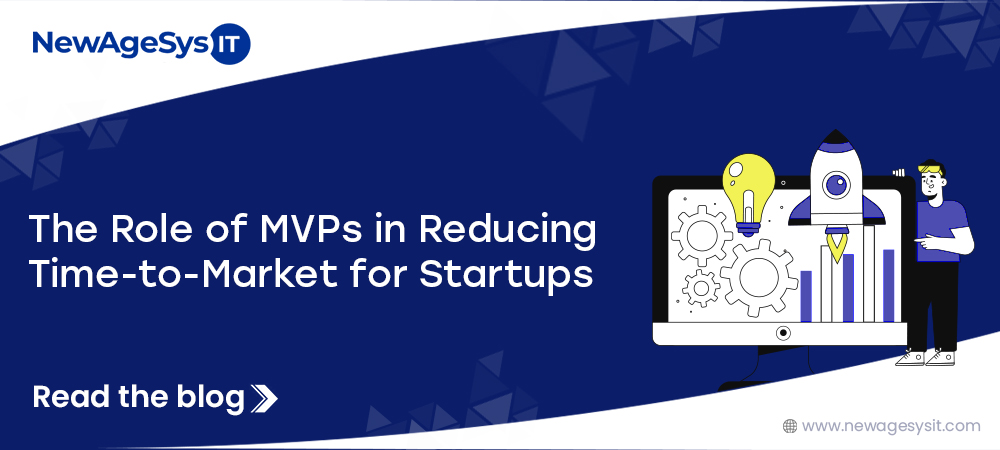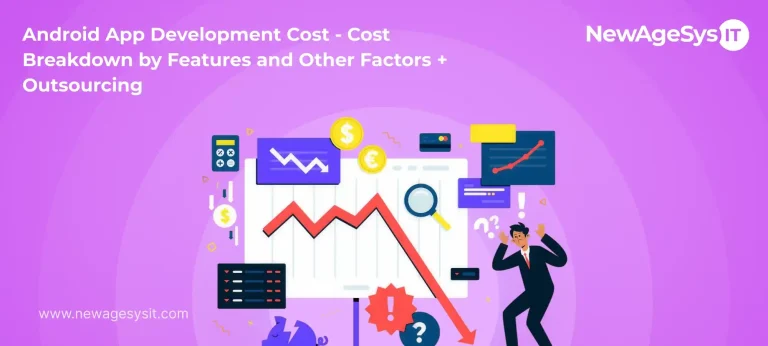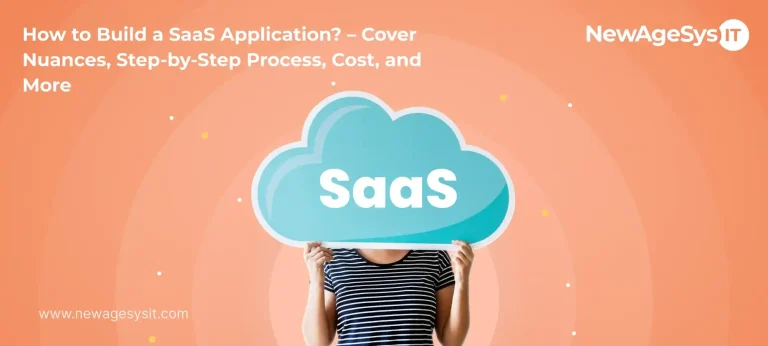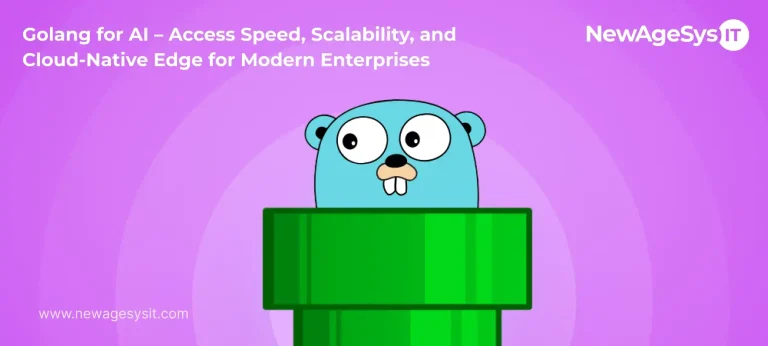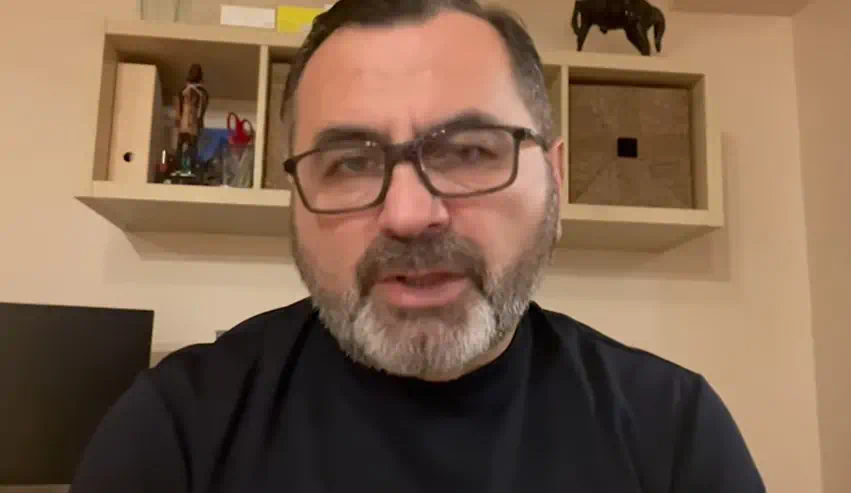Every startup begins its journey with the same basic goals—beating competitors, grabbing market share, and turning innovative ideas into market capturing products. At the same time, startups must deal with investors pushing for quick traction and customers who expect innovation at every step.
It can often put startups in a position where they have to cut corners to save time and minimize the time-to-market. While this hustle culture has its upsides, things can go downhill pretty fast if you only focus on speed and not direction.
Creating an MVP or Minimum Viable Product is the best way to overcome these challenges while balancing the speed and direction of your startup. An efficiently designed MVP helps you create a product that resonates with your audience and minimizes the chance of misallocating resources by backing market demand.
Think about it—how often have you seen an app or platform launch with great hype, only to fail miserably in the market because it could otherwise meet the user’s needs? Rushing to market without validating customers’ wants and needs can often lead to wasted resources, including time.
In this article, we will discuss the role of MVPs in reducing time-to-market. We will also discuss efficient MVP development strategies for startups to help you not only save time but also meet customer/user needs while driving a significant market impact.
What is a Minimum Viable Product or MVP?
A minimum viable product (MVP) is the most basic version of a product capable of carrying out all the core functionalities. As the name implies, the MVP offers only the minimum features essential for the product and is targeted towards early customers to get valuable feedback from them.
For a startup, this means having a functional first version of a product or app that lets them test the water with real-life customers. The advantage of developing a basic version of your product is that it requires minimum effort and resources. It is an excellent way for startups to test their core ideas and get valuable customer feedback. Early user feedback lets you gather valid data to iterate and improve your product before reaching a finalized version.
It is easy to confuse an MVP with a prototype. While both MVPs and prototypes share similar qualities, they are two distinct things. How? A prototype is often a design concept; it may be interactive or semi-functional, whereas MVPs are working products you can release to a few users.
However, it is not the final product either. An MVP stands right between a prototype and the final product. If the prototype is a rough sketch and the final product is a finished painting, the MVP is the semi-finished painting with its primary colors filled in.
Why do Startups Need an MVP?
As the MVP only carries the core functionalities of your product, it is incredibly lean and fast to build, resulting in a significantly faster time-to-market. However, that is just one advantage of using MVPs for your startup. The other compelling reasons to implement an MVP before your final product launch are as follows
- Faster Time-to-Market
- Real User Validation (Not Just Assumptions)
- Reduces Risk and Increases Success Rate
- Attracts Investors with Real Traction
- Minimal Errors and Ramifications
How an MVP Reduces Time-to-Market for Your Startup
The point of launching an MVP is not simply to launch your product faster to the market. MVPs give you a head start when testing, refining, and improving your product. Here is how using an MVP can reduce your startup’s time to market.
Build Only What's Necessary
An MVP simplifies your product, whether a dedicated mobile app or landing page, into its basic core functionality. Hence, you save significant time on ironing out the kinks or adding fancy aesthetics.
Launch Apps Fast, Learn Faster
Longer development times mean delayed user feedback and even more delayed responses. Hence, the MVP effectively rectifies this problem by enabling you to launch the product quickly and incorporate user feedback suggestions even faster.
Solve One Core Problem Instead of Many Small Problems
Many startups overcomplicate their MVPs by trying to solve too many issues simultaneously. By solving one core problem at a time, MVPs use a more focused approach, which is faster and reduces the overall time to market.
Test with Real Users Early
When it comes to digital product development, it is better to fail faster than face a significant challenge after building an entire system. Early tests with real users allow you to adjust the product and avoid costly changes to the final product.
Skip the "Wouldn't It Be Nice If" Features
When you chase perfection, it is often easy to get lost in the “wouldn’t it be nice to have” or nonessential features, wasting valuable time. An expert MVP design services provider will always put such features on the wish list for later if they are nonessential for the product.
Keep the Tech Stack Simple
Developers use familiar and proven technologies for MVPs rather than experimenting with complex and untested stacks. The MVP’s point is to test the idea; hence, there is no need for time-intensive over-engineering from day one.
Launch When It's "Good Enough"
A minimum viable product is also called a “good enough” product because they are meant to work and not be flawless. As long as the product can solve the core problems, you can quickly launch it and test the waters before proceeding to address minor drawbacks.
Gather Feedback and Iterate
MVPs, take the guesswork and assumptions out of the game, and let accurate data guide your next steps. It means you can use user feedback to prioritize the features in your “wouldn’t it be nice to have” features and make targeted improvements to the product. As a result, you can minimize the number of iterations and save time.
Focus on One Platform
Remember when WhatsApp was a mobile-only app? Now, you can access it on desktops and other devices. This is a great approach to follow as you start out. Having an MVP enables you to avoid temptations to launch on multiple platforms and focus on one where your target audience is most active.
Step-by-Step Process to Building an MVP for Your Startup
Building a startup for your business doesn’t have to be complex. You can use reliable MVP development services to handle the whole process. Here is a quick step-by-step guide to efficiently building an MVP for your startup.
Step 1: Define the Core Problem & Goal
Start by defining the key problem you wish to overcome with the product/MVP. Once you establish the core problems, you can determine the MVP’s objectives.
Step 2: Identify Core Features (Not Extras!)
In this step, you identify the core features while consciously avoiding feature bloat. Furthermore, you must prioritize features based on customer needs and competitor analysis.
Step 3: Develop a Quick Prototype or No-Code Version
After identifying the core features, you can proceed to build a prototype to validate your ideas and get early feedback before commencing development.
Step 4: Build & Launch the MVP Quickly
Once you have a prototype, you can develop the MVP after establishing a clear deadline. Also, consider hiring an expert like NewAge Sys for a more streamlined experience in building and launching your MVP.
Building an MVP is critical for any startup, especially one that wants to minimize its time-to-market. An MVP development expert like NewAgeSysIT can help you significantly speed this process up without compromising the quality of your MVP. An expert like NewAgeSysIT can help you with all the aspects of your MVP design and development, from MVP planning to user feedback integration.
Get 360-degree MVP design and development services to launch your product faster with NewAgeSysIT

